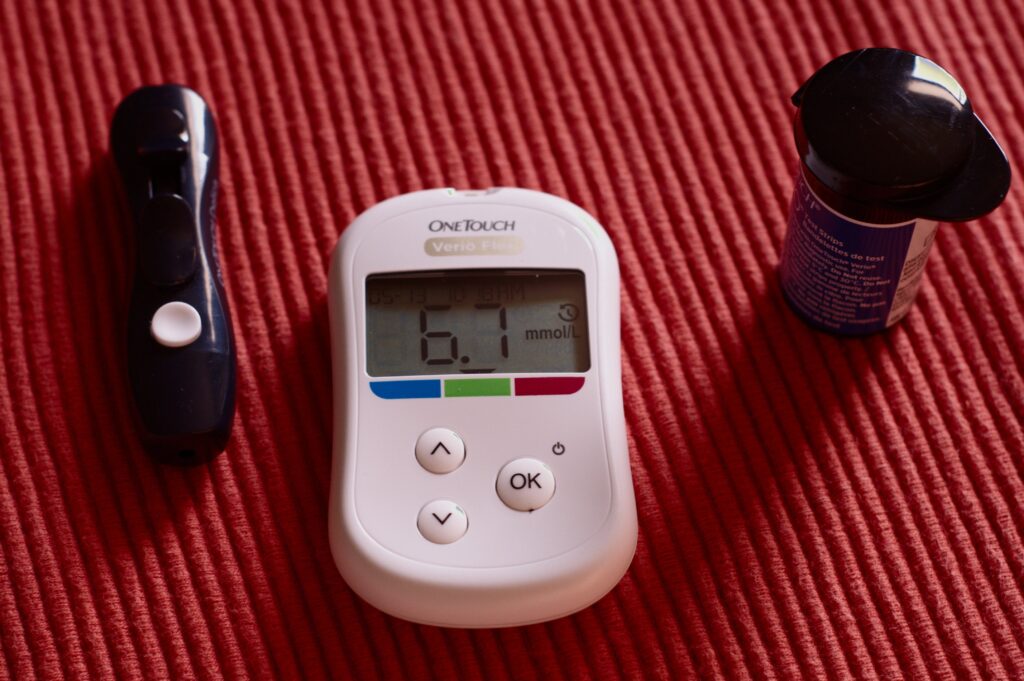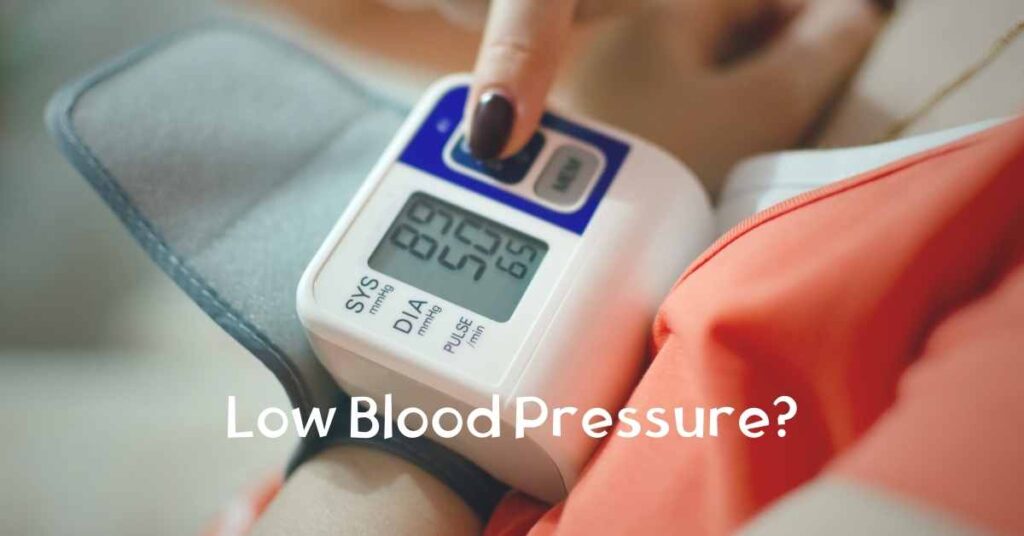What is hyperthermia?
Hyperthermia is the condition when the body temperature increased in a uncontrolled manner that exceeds the body’s normal ability to lose heat. So heat increases without heat loss. It is a type of heat illness.
In this condition, the setting of the hypothalamic thermoregulatory center that regulates our body temperature is unchanged.
In contrast to fever in infections, hyperthermia does not involve pyrogenic molecules. Outside (exogenous) heat exposure and inside (endogenous) body heat production are two mechanisms by which hyperthermia can occur. This result in dangerously high internal body temperatures.
Excessive heat production can easily cause hyperthermia despite physiologic and behavioral control of body temperature.
For example, work or exercise in hot environments can produce heat faster than peripheral mechanisms of body through which body can lose heat. As a result, there is increased heat production than heat loss, so hyperthermia develops.
Hyperthermia Vs. Fever
It is important to distinguish between fever and hyperthermia as hyperthermia can be rapidly fatal and characteristically does not respond to antipyretics. Antipyretics are useful in fever as fever is associated with pyrogen release, but in hyperthermia there is no role of pyrogen, so antipyretics are baseless to use.
In an emergency situation, however, making the distinction between fever and hyperthermia can be difficult. For example, in systemic sepsis, fever (hyperpyrexia) can be rapid in onset, and temperatures can exceed 40.5°C (104.9°F).
Hyperthermia is often diagnosed on the basis of the recent history of events such as events immediately preceding the elevation of core temperature—e.g., heat exposure or treatment with drugs that interfere with temperature regulation (thermoregulation) of our body. But in case of fever, there are various causes of fever, be it known or unknown. So, to check if it is fever or hyperthermia, it is also important to know the cause of fever.
In patients with heat stroke syndromes and in those taking drugs that block sweating, the skin is hot but dry, whereas in fever the skin can be cold as a consequence of constriction of blood vessels (vasoconstriction).
Antipyretics do not reduce the elevated temperature in hyperthermia, whereas in fever—and even in hyperpyrexia—adequate doses of either aspirin or acetaminophen (antipyretics) usually result in some decrease in body temperature.
Hyperthermia Treatment
The treatment of hyperthermia are the following
- Protect the airway
- Insert at least two large-bore intravenous lines
- Monitor core body temperature; options include rectal, pulmonary artery, esophageal probe
- Actively cool the skin until the core body temperature reaches below [<39° C (<102.2° F)]
- Ice baths or cool water (≈22° C [71.6° F]) immersion
- Wetting with water (avoid alcohol rubs)
- Continuous fanning
- Exposure to cool environment
- Underarm (Axillary) or perineal ice packs and ice sheets
- Infusion of room-temperature saline
- Gastric or colonic iced saline lavage
- Peritoneal lavage with cool saline
- Monitor electrocardiogram for arrhythmia
Hyperthemia Lab Tests
To understand the severity of the hyperthemia and the corresponding organ damage due to hyperthemia, some serial diagnostic studies are obtained.
- Electrocardiogram
- Chest radiograph
- Complete blood count with differential count
- Platelet count
- Urinalysis
- Aminotransferases
- Alkaline phosphatase
- Bilirubin
- Creatine kinase
- Blood urea nitrogen
- Creatinine
- Phosphate, Calcium, Glucose, Electrolytes
- Uric acid
- Prothrombin time
- Partial thromboplastin time
- D-dimer, Fibrinogen
- Arterial blood gases
- Toxicology screen
Hyperthemia Heat Management
Management of serious heat illness, which should begin in the field setting, includes cooling, rehydration, and monitoring . These three initial measures are very important to save life.
The first priority should be immediately initiating whole body cooling and to continue cooling until the core temperature falls below 38.8° C (102° F). Body cooling lowers skin temperatures, thereby facilitating heat transfer from the core to the periphery, and reduces cardiovascular stress by causing arterial and venous constriction that redirects blood back to the heart.
Immersion or soaking of the skin in cool or ice water with skin massage is the most effective method. Other effective methods of cooling the body are soaking of the skin followed by accelerated evaporation with fans or the use of ice sheets and ice packs.
These noninvasive treatments can be supplemented with the infusion of chilled (≈4° C) normal saline. But for the infusion of chilled normal saline, special setting is needed such as availability of health care worker who is efficient enough to perform the infusion of chilled normal saline.
Here it is important to mention that cooling can induce shivering, but this shivering is usually not sufficient to increase body temperature, so shivering need not be treated.
In the hospital, the highest priority for patient care remains urgent cooling, including cold intravascular (i.v) fluid. Patients who are unconscious are at risk of poor airway control and may require endotracheal intubation to prevent aspiration. So, urgent airway management is vital to save the life.
Fluid and electrolyte deficits should be corrected; But correction of the electrolyte deficiency should be based on the severity of deficiency. Test results of electrolytes will guide how much correction is needed.
Restoration of plasma volume with isotonic fluids (e.g., normal saline) that are sufficient to sustain adequate perfusion, based on the judgement by carefully monitoring the urine output, is also a priority.
Rapid overcorrection of serum electrolytes (e.g., sodium) should be avoided.
If rhabdomyolysis and myoglobinuria are present, maintaining urine flow helps minimize kidney (renal) injury.
For exercise-induced and environmental heat illness, no medicine (pharmacologic interventions) have been proved to augment cooling. But for patients with malignant hyperthermia, dantrolene should be administered as a loading bolus of 2.5 mg/kg intravenously, with subsequent bolus doses of 1 mg/kg intravenously until the signs are less intense.
Patients should be carefully monitored to detect possible metabolic abnormalities (such as hyperkalemia), renal or hepatic failure, disseminated intravascular coagulation, cardiac arrhythmias, and acute respiratory failure. Medications needs to be avoided are antipyretics and sedatives with hepatic toxicities.
Lorazepam (1 to 2 mg administered intravenously during a 2- to 5-minute period, repeated if necessary) is a safe sedative because of its low liver toxicity (hepatotoxicity) and rapid metabolism. Lorazepam may be indicated in patients who are combative or exhibit seizure activity.
Hyperthermia Prevention
There are some preventive measures which can help not to develop heat illness. Heat illness can be prevented by
- Heat acclimatization and acquired thermal tolerance,
- Maintenance of adequate hydration (by taking enough fluids such as water),
- Avoidance of overwhelming or better to say excessive heat exposure.
- Adequate fluid intake is critical, and many times we need to take ORS (Oral Rehydration Solutions). This oral rehydration solution should contain sodium and other electrolytes to restore both intracellular and extracellular fluid. As in heat illness, the electrolytes (such as sodium, potassium, etc.) in our body decreases due to dehydration and loss of electrolytes through sweat, etc., so proper restoration of these electrolytes is very important.
Sources
- Goldman-Cecil Medicine (Page 1194- Page 1196; Page 3076-Page 3077)
- Guyton and Hall Textbook of Medical Physiology
- Davidson’s Principles and Practice of Medicine 23rd edition





